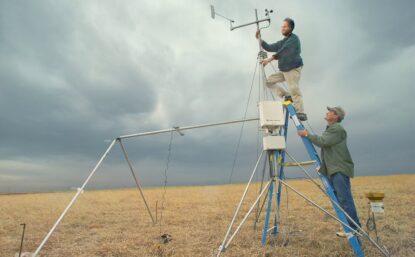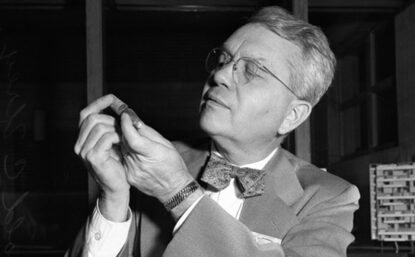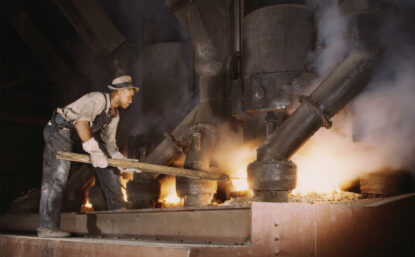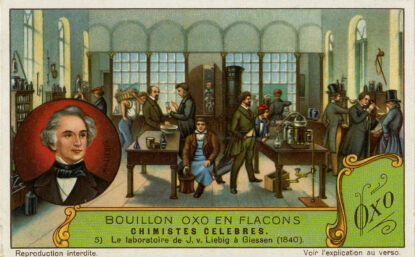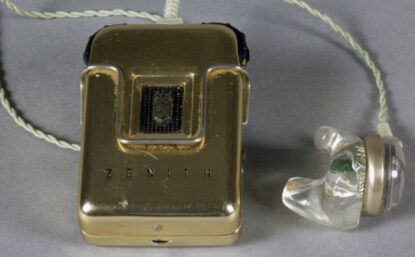Distillations magazine
Red the World Over
How a tiny cactus parasite called cochineal became one of the Spanish Empire’s most lucrative commodities.
Distillations articles reveal science’s powerful influence on our lives, past and present.
A Future without Limits
For decades serious people have tried to turn the stuff of science fiction—space colonies, self-replicating machines, and solar sails—into scientific reality.
Accelerating Oncology
How a machine used to create atom bombs became a tool for healing.
Yellow Fever Fiend
A Confederate doctor had no problem breaking the Hippocratic oath.
Clearing the Air
Three atmospheric scientists describe carrying their work beyond the lab.
Harold C. Urey: Science, Religion, and Cold War Chemistry
What most frightened the Nobel Prize–winning chemist and explorer of Earth’s deep past?
Whales in Space
Whale oil has been used in soap, explosives, and even margarine. Has it also fueled space exploration?
Peak Phosphorus?
What does a world short on phosphorous look like?
Processed: Food Science and the Modern Meal
The early 20th century was an especially rich time for creating ways to process and preserve food.
Where’s the Beef?
Mix a 19th-century chemist with a South American roader builder. Add cows and boil.
A Mighty Pen
Discover the history of the EpiPen.
“The Popular Dose with Doctors”: Quinine and the American Civil War
During the Civil War necessity drove the North and South to develop different strategies for dealing with malaria.
Laws of Attraction
The magnetic connection between sailors, adultery, and garlic.
Behind the Curtain
Three Hungarian scientists who survived the Nazi occupation of their country and escaped Soviet oppression.
Boom Times
Follow the birth, life, and demise of the Hercules Powder Company, which once dominated the explosives industry in the United States.
Sound Waves
In the 1950s hearing aids shrank from the size of a cigarette packet to the size of a lighter. The secret behind this shrinkage? The mighty transistor.
Wild Ice
For more than 100 years scientists have been discovering and creating bizarre, exotic ices. Ices that can even burn a hole in you!
An Element of Order
Many scientists devised periodic systems in the 1860s, but Dmitri Mendeleev is today recognized as the father of the periodic table. How did this Russian provincial come to possess one of the most famous names in science?
Dress for Success
For thousands of years silk symbolized wealth and style. But in the 1930s DuPont gave Americans the next best thing.




